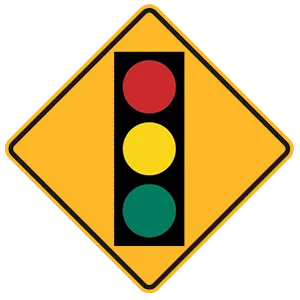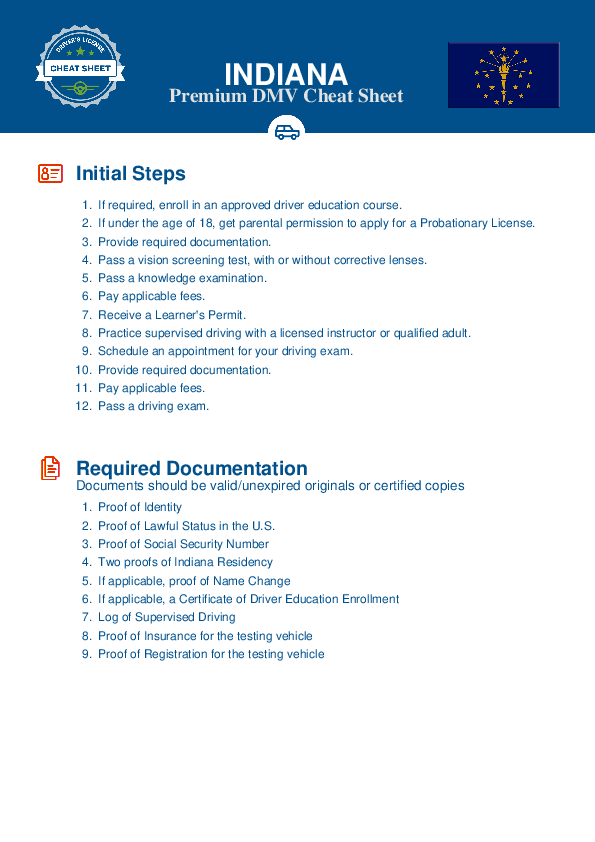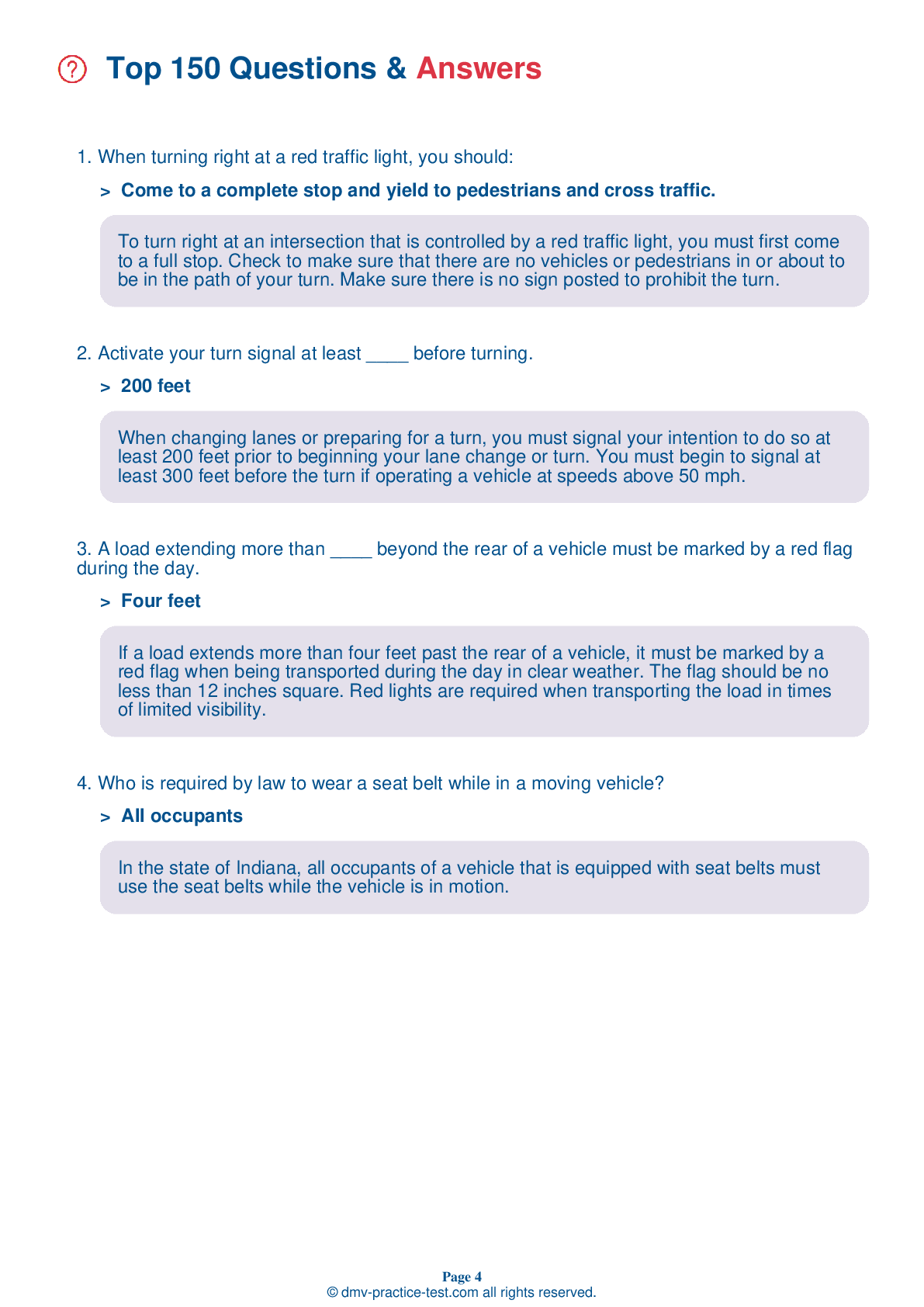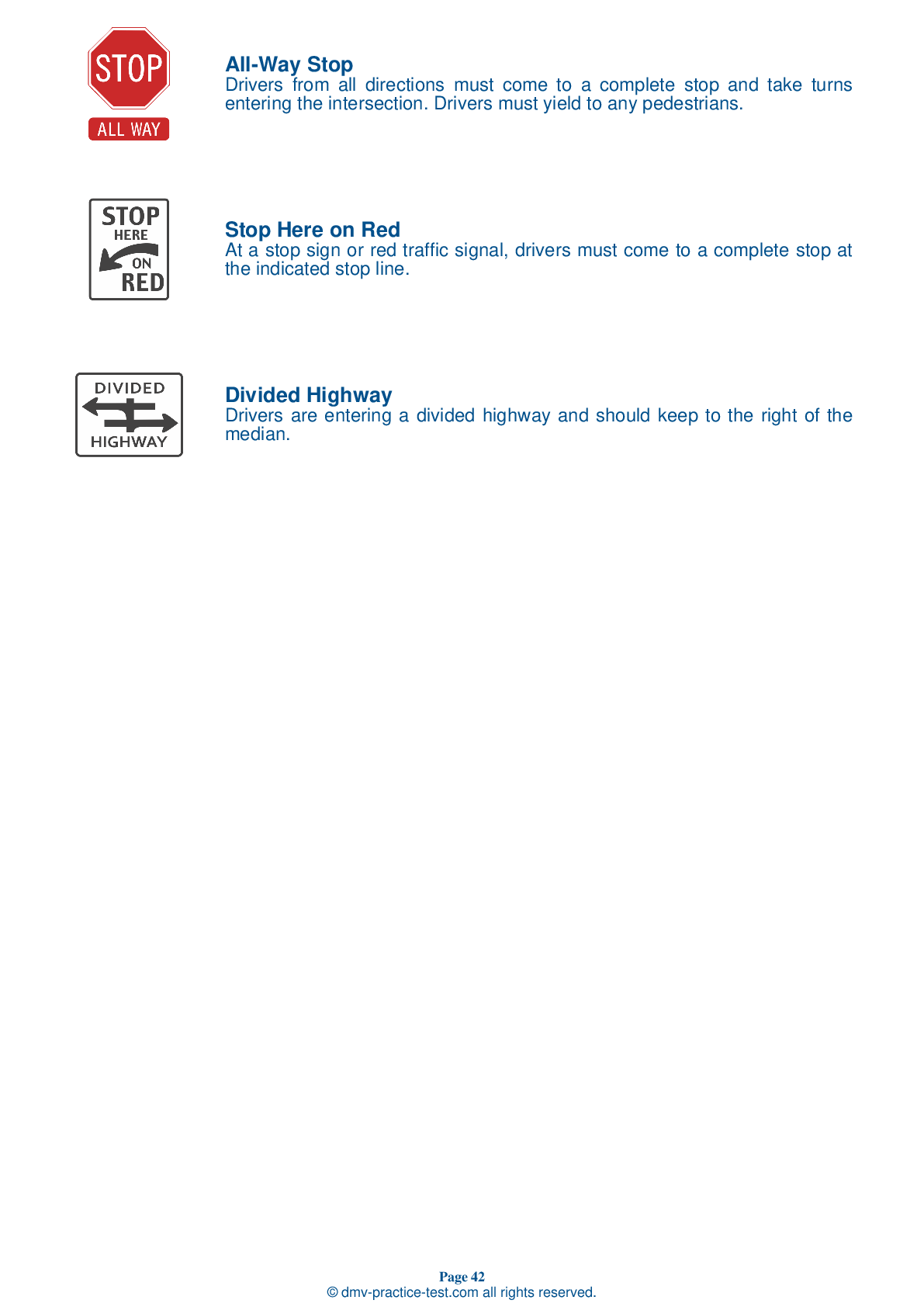FREE Indiana DMV Practical Test Page 3 of 5
This set of Indiana DMV practise tests include questions based on the Indiana Driver Handbook's most significant traffic signals and laws. Use actual questions that are very similar (often identical!) to the DMV driving permit test and driver's licence exam to study for the DMV driving permit test and driver's licence exam.
A driver's licence or learner's permit is necessary for anyone operating a motor vehicle on Indiana's public streets and roads. All applicants for an Indiana driver's licence or learner's permit must pass a vision screening test. The information about the IN BMV written test comes from the Indiana Driver's Manual. You must be able to read and understand regulation, warning, and traffic signs and signals, as well as demonstrate a basic awareness of Indiana road rules, traffic laws, and safe driving practises in order to pass the knowledge test.
There are 50 questions in the BMV written exam. You are permitted to miss 2 of the 16 questions about traffic signs and 6 of the 34 questions about road laws in order to pass the test.
Using any kind of testing assistance will result in an automatic fail, and the DMV may take additional action against your driver's licence, so stay away from it.
17 . This sign means:
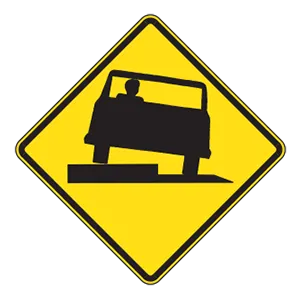
Warning signs prepare drivers for upcoming road conditions and hazards and are usually yellow with black markings. This sign alerts drivers to an upcoming shoulder that is lower than the paved road.
18 . If worried, nervous, angry, or crying, a driver:
You may not be able to drive well if you are worried, excited, crying, angry, or depressed. Emotions can distract you from your driving because your mind is focused on something else. Take time to calm down and get focused before driving.
19 . Your ability to stop is affected by:
Your ability to stop is greatly affected by the condition of the road. You need to reduce your speed when road conditions are poor in order to maintain control of your vehicle. You will be at risk if you are driving too quickly on roads that are slippery and you need to stop.
20 . When approaching railroad tracks, you should:
When approaching railroad tracks, you should look, listen, slow down, and be prepared to stop for trains or other vehicles that may be using the rails.
21 . When driving under icy or snowy conditions, which driving technique will help drivers avoid crashes?
Reduce your speed when roads are snow-covered or icy. Doing this and increasing your following distance are the most important techniques for avoiding crashes under snowy or icy conditions.
22 . When approaching a steady yellow traffic light, drivers should:
A steady yellow traffic light indicates that a red light is about to appear. Stop unless you are already within the intersection.
23 . You want to turn left at an intersection. The light is green but oncoming traffic is heavy. You should:
When making a left turn where there is approaching traffic, you must wait for the approaching traffic to go through before you turn. You may enter the intersection to prepare for your left turn if the light is green and no other vehicle ahead of you plans to make a left turn.
24 . The most important thing to remember about speed management and curves is that you must:
The most important thing to remember about driving in curves is that your vehicle’s inertia may make it difficult to turn. To maintain control, it is essential that you slow down before entering the curve.
25 . You must yield to other drivers:
You must yield to other drivers when entering a street from an alley, driveway, or garage. You must also yield to pedestrians who are on an intersecting sidewalk.
26 . This sign means:
